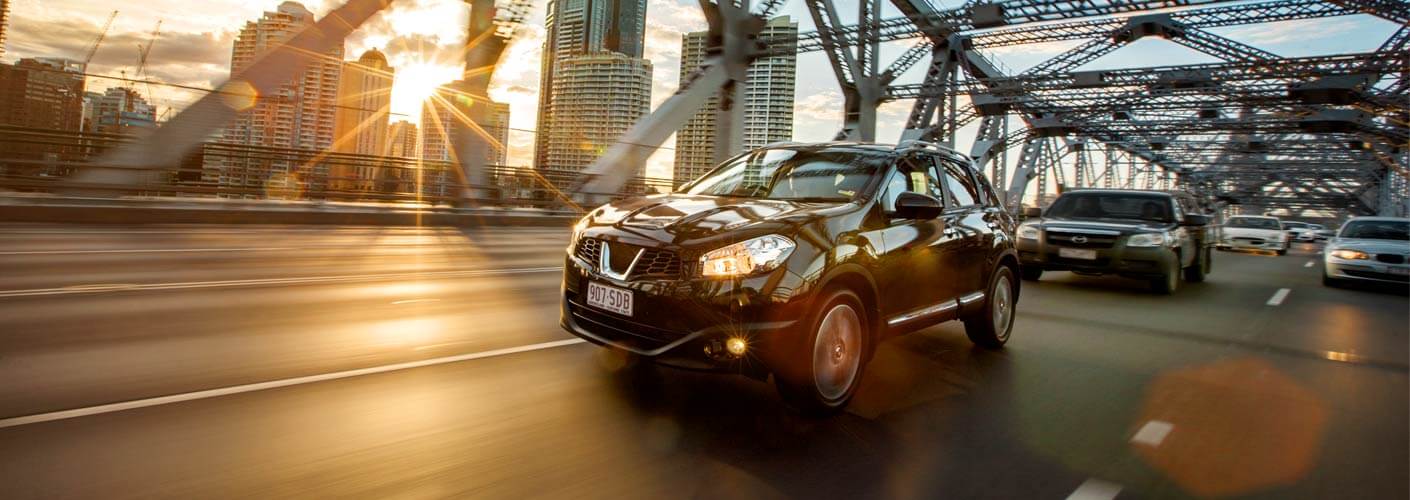What you need to know about stop-start technology
A fundamental fuel saving strategy is to switch off the engine when it isn’t needed. The value of this advice is supported by an increasing number of car manufacturers that are fitting Stop –Start technology. Quite simply, instead of relying on the driver to switch off the engine, the car now does it automatically. Manufacturers are claiming fuel consumption reductions in the order of 5 to 8 percent from this feature alone. However, an equally important aspect of the technology is its ability to reduce CO2 emissions.History
Stop – Start was developed in the 1980’s but it wasn’t well accepted. Of the manufacturers offering it, most didn’t persevere with it for very long.For Australian buyers, more highly developed and sophisticated Stop – Start systems appeared in conventional models (as opposed to hybrids such as Toyota’s Prius) from around 2010, when a couple of European makes launched it here. Since then it’s become a very common feature of new cars, though it isn’t to ever owner’s taste.
How it works
Like many technologies, each manufacturer has its own way of doing things and Stop-Start is no exception.Some utilise a conventional looking, though substantially up-rated starting system while at the other end of the spectrum is a belt driven combined starter / alternator unit. Hybrid models typically use a traction motor / generator for engine start. Similarly, the vehicle’s electrical system can resemble a conventional system, incorporate an extra battery for starting or even a high-tech super-capacitor just to run the starter.
Stop- Start systems operate within defined parameters which will, to some degree, vary from maker to maker. Generally though, the system will not operate unless the vehicle is stationary, the engine is at operating temperature, the battery has a certain level of charge and the cabin temperature is within a certain range. Gearshift, brake pedal, handbrake lever position and, for manual vehicles, clutch pedal position are also factors in the system’s operation.
Stop-Start operation is generally inhibited if there is high electrical load, as would be the case with a discharged battery, or when there is high demand on the heater or air conditioner.
Most systems provide a switch that allows the driver to disable the function if desired.
